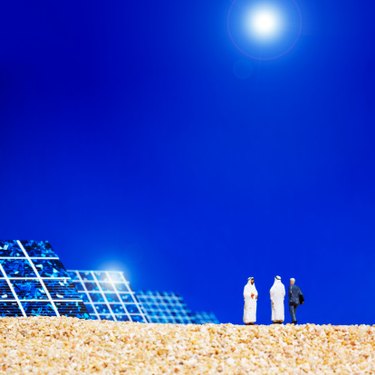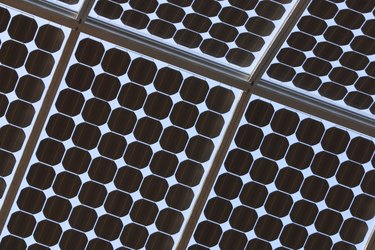Locally assembled, smallest and lightest LiFePO4 battery in North America
Off the grid living is becoming more and more popular, and with it comes an increasing need for portable energy. Vancouver’s own Royer Batteries has created the smallest and lightest Lithium battery – The Micro Smart Heated Battery – that North America has seen, that’s the perfect solution to energy needs, whether for solar off-grid homes, RVs, van-life, or marine usage. Coming with many new advantages in comparison to its old alternative, the lead acid battery, the Canadian assembled Micro Battery uses LiFePO4 chemistry and trumps it in every category while setting the stage for the future for how we store electricity.
The lead acid battery has been the traditional choice for off-grid power usage for many years, but throughout it, the battery has had faults that leave users with more stress over their electricity. Though there are different types of lead acid batteries with different strengths, the weaknesses of them all remain the same. Firstly, the lead acid battery can only use 50% (or less) of it’s rated capacity (Ah) for each cycle, leaving less usable power than advertised. For lead acid battery users this means you don’t really get what you think, energy wise – you get half of it. Furthermore, if the lead acid battery isn’t charged on a strict schedule, the lack thereof will begin to damage the battery, before it’s even used all of its power.
Cycle life – the number of times a battery can be recharged – is another issue that could be improved when it comes to lead acid batteries. At about 1500 cycles, the lead acid battery will have lost 50% capacity. Though this may still seem like a lot of cycles, it’s important to note that how much usable KWh – Kilowatt-Hour – the battery can deliver is still being reduced each cycle, meaning even before the 50% capacity loss, the lead acid battery will not be able to deliver the same amount of power even halfway into its life cycle. Overall, weighing around 4-6x times more than lithium batteries, the lead acid battery is delivering sub-optimal power, low energy density, and high maintenance needs, without even delivering longevity.
With the Micro Battery, you are truly getting what you pay for. With 100% usable capacity or depth of discharge, it overcomes the deficits of the lead acid battery, and in turn revolutionized the way off grid power is stored. The battery does not need to be constantly recharged to maintain it’s life expectancy, nor does it have the same life cycle shortage as its alternative. In comparison to the lead acid battery which loses 50% capacity over 1500 cycles, the Micro Battery comes out on top, losing only 20% capacity over a minimum of 3000 cycles, and up to 5000 in most applications. It also doesn’t lose as much capacity every cycle, ensuring you are getting the optimal amount of electricity out of your battery, every time. Over the life-time, the Micro Battery will output over 10 times the amount of usable power, greatly increasing the amount of energy a user can get out of their battery. Although it cannot be charged in 0 degrees and below, nor discharged in -20 degrees and below, the Micro Battery was designed with a low consumption automatic built-in heater, to face its weaknesses head on.
The Micro Battery not only fixes the faults of its alternative but comes with new upgrades, as well. It comes with an app that connects to the battery with Bluetooth, enabling users to not only see if there are issues with their battery, but also better understand their energy usage. This app allows users to be more energy conscious, in addition to understanding how their battery really works. Furthermore, Each battery comes with a 10 year warranty but it can easily last you up to 25 years with relevant energy density still left. The Micro Battery is completely serviceable so parts are interchangeable and exchangeable; if there is an issue out of warranty it can be repaired simply.
This battery is likely going to take the market by storm. Even with other lithium-based batteries on the market, those batteries tend to have lower kWh, up to 50% larger, up to 50% heavier, as well as have less features. With the Micro Battery, the cells are square, optimizing space. Meanwhile, weighing in at only 59 pounds, the Micro 12V 310Ah Battery is the perfect solution for mobile applications, such as van-living. Although this battery costs on average 2 times more than its lead acid alternative, over the life-time of the LiFePO4 it will cost 5 times less money per Amp-hour used.
The Micro battery will truly revolutionize the way off-grid power is used and stored. Tyrone Royer, creator of the Micro Battery from Royer Batteries, reports on how he feels about his battery and its size, saying “I just love hearing ‘No way, you can’t fit that much power in there!’” At 59 pounds 100% capacity that can be cycled up to 10000 times in its lifetime, the Micro is the best new way to store energy.



